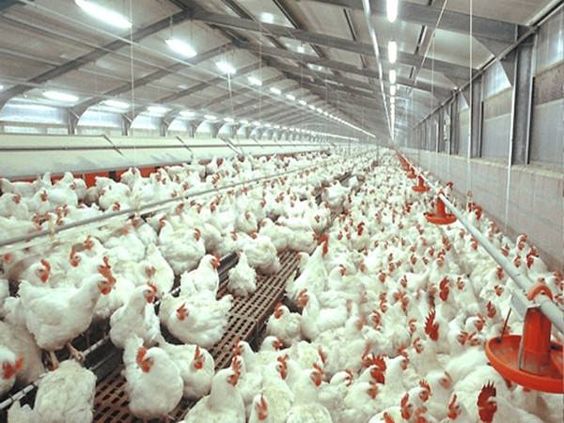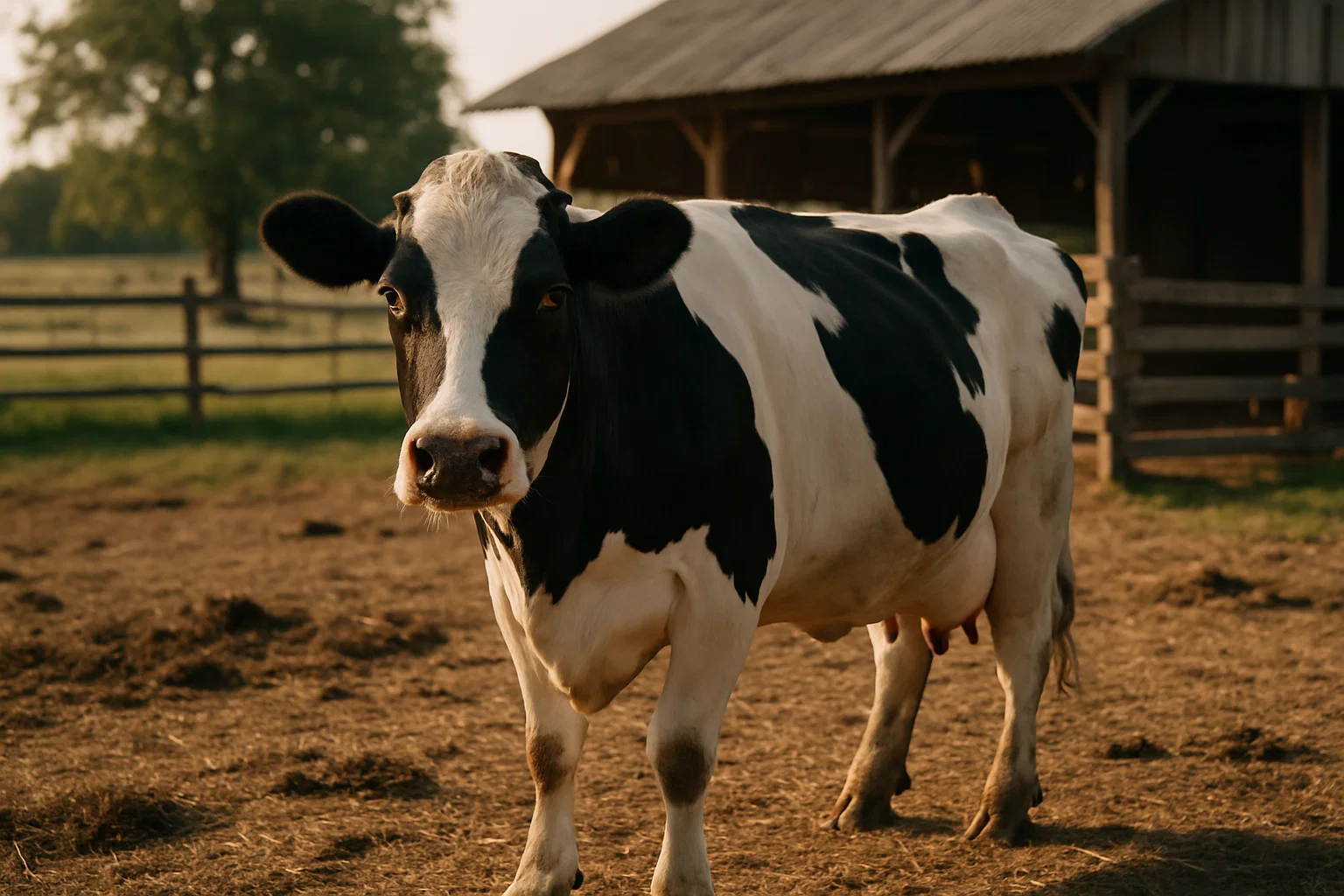Integrated Goat Farming: A Comprehensive Guide to Multi-Yielding Systems
Integrated goat farming is a sustainable agricultural practice that combines goat rearing with other agricultural activities. It fosters a symbiotic relationship between different components, maximizing resource utilization and farm output. This guide delves into the world of integrated goat farming, exploring its benefits, objectives, practical applications, and the advantages it offers farmers seeking to optimize their land and resources.
Traditional monoculture farming, where a single crop or livestock species dominates the agricultural landscape, has limitations. It can deplete soil nutrients, create imbalances in the ecosystem, and leave farmers vulnerable to market fluctuations for a single product. Integrated goat farming presents a compelling alternative. By strategically combining goat rearing with other agricultural activities, farmers can create a more resilient, diversified, and ecologically sound system.
Benefits of Integrated Goat Farming
The advantages of integrated goat farming are numerous and encompass economic, environmental, and social aspects. Let’s explore some key benefits:
- Increased Productivity: Integrating goats with other farming activities allows for more efficient land use. Goats can graze on weeds and crop residues, reducing the need for external inputs like herbicides and fertilizers. Their manure acts as a natural fertilizer, enriching the soil for other crops. This synergy leads to increased overall farm productivity.
- Diversified Income Streams: Integrated goat farming offers multiple income sources. Farmers can generate revenue from goat milk and meat, eggs and meat from poultry integrated into the system, fish from integrated aquaculture, and even honey from beehives strategically placed. This diversification reduces dependence on a single product and provides a financial safety net.
- Improved Soil Health: Goat manure is rich in organic matter and nutrients like nitrogen, phosphorus, and potassium. When composted and applied to fields, it improves soil fertility and structure. This leads to better water retention, increased microbial activity, and enhanced crop yields in the long run.
- Reduced Reliance on External Inputs: By utilizing on-farm resources like crop residues for goat feed and manure for soil fertilization, integrated farming reduces dependence on external inputs like commercial fertilizers and pesticides. This not only lowers production costs but also promotes a more sustainable agricultural system.
- Waste Management: Goats are efficient converters of low-quality forage into valuable protein. They readily consume crop residues, weeds, and leaves, converting them into manure, a valuable soil amendment. This reduces waste generation and promotes resource recycling within the farm.
Objectives of Integrated Goat Farming
Integrated goat farming is driven by several key objectives:
- Optimizing Land Use: By combining goat rearing with other agricultural activities, farmers can maximize the productivity of their land. Goats can utilize areas unsuitable for crops, effectively integrating them into the overall farm system.
- Enhancing Farm Sustainability: Integrated farming fosters a closed-loop system where waste from one component becomes a resource for another. This reduces dependence on external inputs and promotes a more sustainable agricultural model.
- Improving Livelihoods: Diversifying income streams offers farmers greater financial security. Integrated goat farming provides multiple revenue sources, empowering farmers to improve their livelihoods and build resilience against economic fluctuations.
- Conserving Resources: By reducing reliance on chemical fertilizers and pesticides, integrated farming helps conserve natural resources. It promotes soil health, promotes biodiversity, and contributes to a more environmentally friendly agricultural system.
Ideas and Suggestions for Integrated Goat Farming Systems
The possibilities for integrating goat farming are vast and depend on factors like available land, resources, and market demands. Here are some popular integrated farming systems incorporating goats:
- Goat-Aquaculture Integration: This system combines goat rearing with fish farming. Goat manure can be used to fertilize fish ponds, providing nutrients for plankton growth, which in turn feeds the fish. The fish waste can then be used to enrich the soil for crops grown for goat feed.
- Goat-Poultry Integration: Integrating goats with poultry production offers several benefits. Chickens and other poultry can utilize feed scraps from goats, reducing waste. Their manure can also be composted to enhance soil fertility. Additionally, the natural fly control goats provide benefits poultry health.
- Goat-Apiculture Integration: Integrating beehives with goat farming can be mutually beneficial. Goats help control weeds and undergrowth, creating a more favorable environment for flowering plants that bees rely on for nectar. Bee activity can also improve pollination for crops grown within the system.
- Silvopasture: This system integrates trees, forage shrubs, and goats on the same land. Trees provide shade for goats, improve air quality, and offer additional forage sources like leaves. Goats can graze on weeds and shrubs, keeping them in check and promoting healthy tree growth.
Practical Considerations for Integrated Goat Farming
While the benefits of integrated goat farming are significant, successful implementation requires careful planning and management. Here are some key considerations:
- Choosing the Right Goat Breed (continued): Selecting breeds suited to the chosen integrated system and target market is crucial. For milk production, breeds like Saanen and Alpine are popular choices. For meat production, Boer goats are well-regarded. Consider factors like climate, disease resistance, and temperament when making your selection.
- Designing the Farm Layout: Planning the physical layout of the farm is essential for efficient management. Factors like goat housing, grazing areas, placement of integrated components (fish ponds, poultry houses, beehives), and manure storage need to be considered. Ensure proper fencing and access to clean water for the goats.
- Feed Management: Goats are browsers, consuming a variety of forages, leaves, and weeds. Utilizing available resources within the integrated system is key. Crop residues, weeds controlled by goat grazing, and fodder crops grown on designated areas can form the base of their diet. Consider supplementing with grains or concentrates if needed.
- Health and Disease Management: Maintaining good hygiene and a clean environment is crucial for goat health. Implement a regular vaccination schedule and deworming program. Early detection and treatment of diseases are essential to minimize losses.
- Marketing: Understanding market demands for goat products like milk, meat, and fiber is important. Developing relationships with local buyers, cooperatives, or processors can help secure stable markets for your products. Consider value-added products like cheese or yogurt from goat milk to potentially increase profit margins.
Advantages of Integrated Goat Farming
Compared to traditional monoculture farming, integrated goat farming offers several advantages:
- Increased Profitability: By diversifying income streams and potentially reducing reliance on external inputs, integrated farming can lead to increased profitability for farmers.
- Reduced Risk: Diversification buffers against market fluctuations for a single product. If milk prices drop, for example, income from meat sales or other integrated components can help mitigate losses.
- Improved Animal Welfare: Integrated systems often provide goats with access to a more natural environment with diverse foraging opportunities, potentially enhancing their well-being.
- Enhanced Ecosystem Services: Integrated farming promotes biodiversity, fosters healthy soil ecosystems, and reduces reliance on chemical inputs, contributing to a more sustainable agricultural landscape.
- Social Benefits: By promoting diversification and potentially increasing farm incomes, integrated goat farming can contribute to rural development and empower local communities.
Challenges and Limitations of Integrated Goat Farming
Despite its advantages, integrated goat farming also presents some challenges:
- Initial Investment: Establishing an integrated system may require an initial investment in infrastructure, such as fencing, housing modifications, or additional equipment.
- Knowledge and Skills: Successfully managing an integrated system demands knowledge of goat husbandry, crop production, and potentially, other integrated components like fish or poultry farming. Farmers may need to acquire new skills or seek training to effectively manage the system.
- Labor Requirements: Integrated systems can be more labor-intensive compared to monoculture farming. Careful planning and efficient management practices are crucial to optimize labor utilization.
- Market Availability: Depending on location, markets for goat products like milk or meat may be limited. Exploring value-added products or establishing connections with niche markets can help mitigate this challenge.






